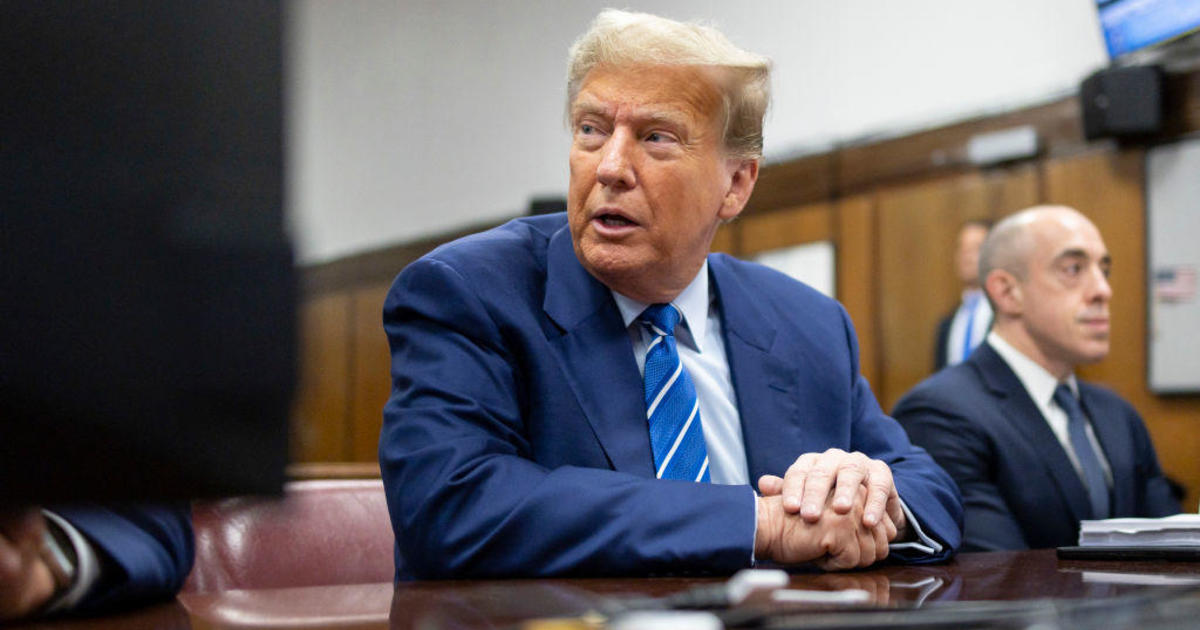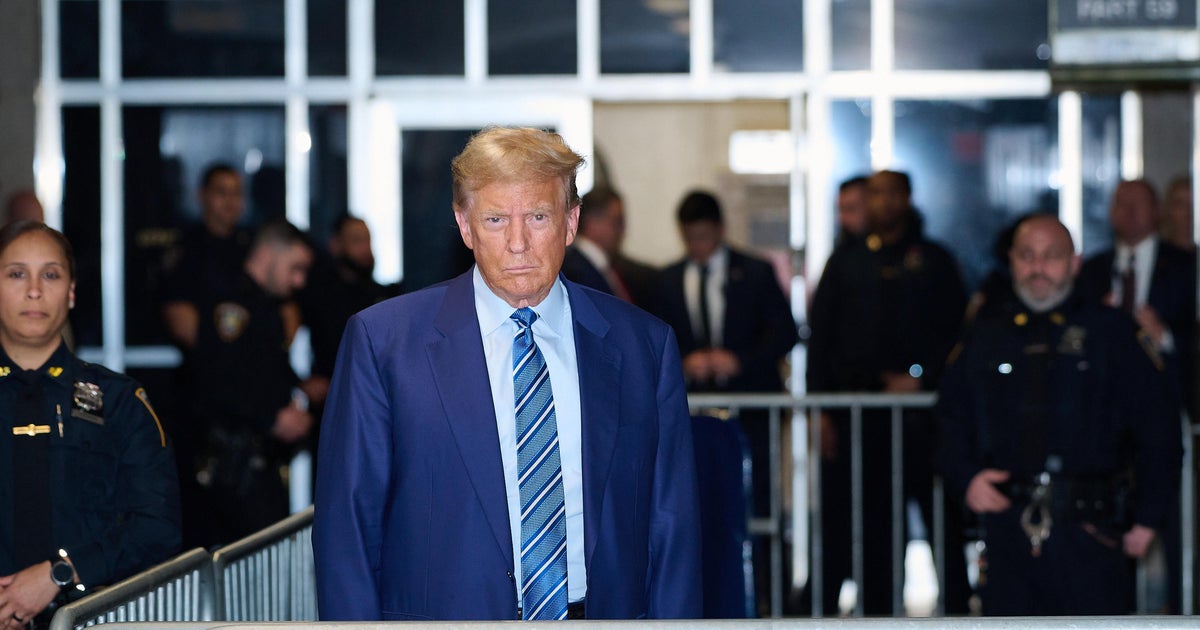Trump buildings could be forced to go green under sweeping New York City climate bill
President Trump's hometown could make his famous real estate properties go green. A new bill approved by the New York City Council last week will make thousands of large buildings in the city — including those bearing the president's name — comply with strict environmental regulations.
"President Trump might scrutinize or even outright deny the existence of climate change, but New York City is committed to fighting its drastic effects, which pose a serious threat to our future," Council Member Costa Constantinides, a Queens Democrat who led the effort, told CBS News.
"Reports show Trump Tower and other properties are among the dirtiest emitters in the Big Apple. These are the bad actors we need to hold accountable, because their emissions make everyone's air dirtier, fuel more violent weather and put the future of New York City in jeopardy."
The council on Thursday passed the Climate Mobilization Act, a package of environmental bills that has been called the city's version of the Green New Deal. Mayor Bill de Blasio is expected to sign the legislation, marking one of the largest climate initiatives passed by any city in the world.
The legislation includes no explicit mention of Mr. Trump nor his buildings. The Trump Organization did not return requests for comment from CBS News.
The core of the legislation is a requirement for buildings of more than 25,000 square feet to follow new rules for cutting carbon emissions. That includes skyscrapers around Manhattan bearing the president's name, including Trump Tower, which has his penthouse and the headquarters of the Trump Organization.
The legislation also applies to many of New York's most iconic buildings, such as the Empire State Building, Chrysler Building and World Trade Center.
Trump Tower has been singled out by the city officials and advocates as one of New York's least energy-efficient buildings. A 2015 report by the non-profit Alliance for a Greater New York said the 58-story glass tower uses more energy per square foot than 93 percent of New York's large residential buildings.
Energy Star, a certification program managed by the EPA and U.S. Department of Energy, gave Trump Tower an energy efficiency score of 44 out of 100, which is 30 percent below the median, according to Crain's New York.
Other buildings that Mr. Trump developed — including the Trump International Hotel & Tower, the former Trump SoHo hotel (now the Dominick hotel) and the Trump World Tower near the United Nations — had below-median scores from Energy Star. Only one Trump property, at 40 Wall St., earned a good score for energy use. (Mr. Trump proposed eliminating the Energy Star program in his federal budget proposals, but Congress refused.) No buildings with Mr. Trump's name in the U.S. are LEED certified, according to the U.S. Green Building Council database.
These new regulations also apply to the buildings partially owned by Kushner Companies, the company run by the family of Mr. Trump's son-in-law and senior adviser Jared Kushner. They go, too, for other pricey residential buildings that burn up energy. An Alliance for a Greater New York study in 2015 found that 10 of Manhattan's "elite" residential addresses are some of the least energy-efficient buildings in the city. Those buildings included two Trump properties, as well as buildings on 5th Avenue and Park Avenue with some of New York's most expensive units. The study noted that nearly all of these buildings, including those under the Trump brand, are mostly privately-owned condos.
Under the city's Climate Mobilization Act, these buildings have to install new windows and insulation to increase energy efficiency. They also have to cut carbon emissions 40 percent by 2030 and 80 percent by 2050. Violators of the new rules could be fined.
The Trump administration has aggressively scaled back emissions regulations as part of its broader drawbacks of environmental policies. The EPA said in 2018 that its own plan for easing emissions guidelines could cause up to 1,400 premature deaths a year. An analysis by the economic firm Rhodium Group estimated U.S. carbon emissions jumped 3.4 percent last year — the biggest increase since 2010.
The Climate Mobilization Act includes other provisions that clash with Mr. Trump's skepticism of climate initiatives. One bill changes building codes to support new wind turbines, and another requires some buildings to put plants, solar panels or wind turbines on their roofs. Mr. Trump has ridiculed wind turbines for years and recently made the false claim that the noise from windmills causes cancer.
Mr. Trump has taken some steps to protect his properties from the effects of climate change. His golf course in Ireland will build a wall along the sea as a barrier against erosion and rising sea levels. The application for the permit explicitly mentioned "global warming and its effects."



